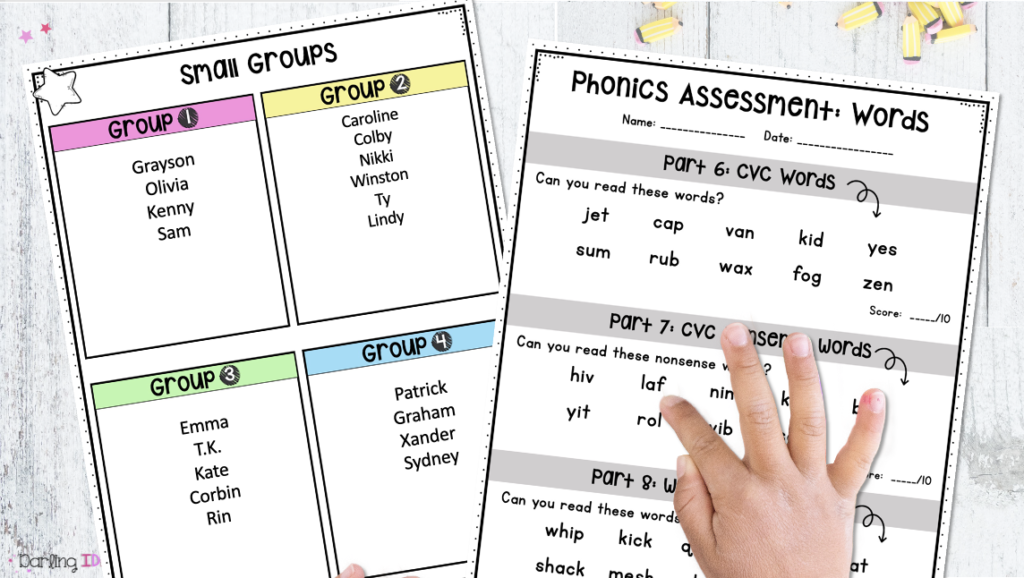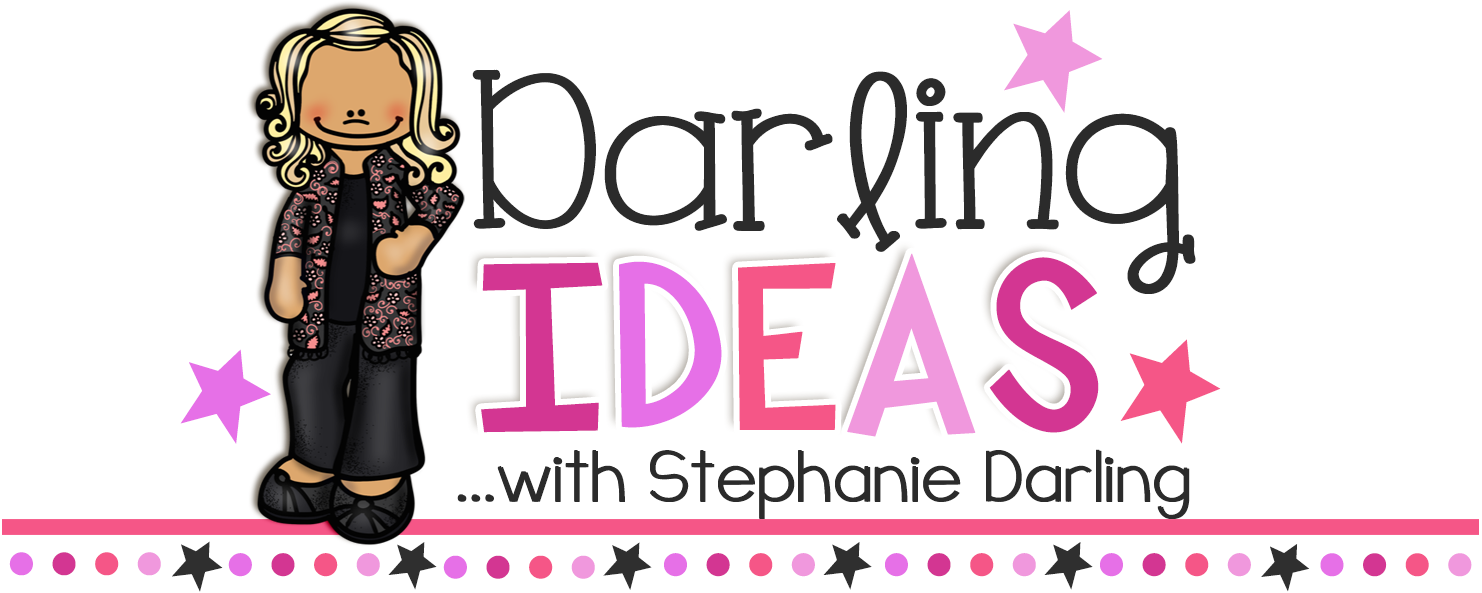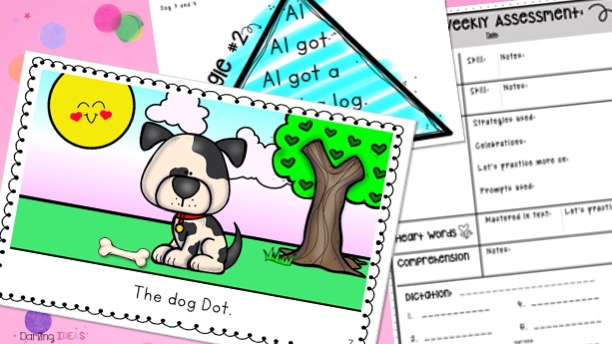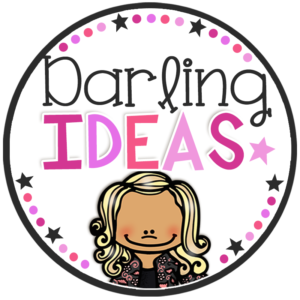Imagine giving students exactly what they need and making a tremendous impact on future reading skills each and every day! This sounds like every teacher’s dream, right? A dream that is doable when you understand the differences between a lesson plan for phonics based small groups vs guided reading activities. Read on for more info on implementing lesson plans for phonics aligned Science of Reading’s best practices!
Let’s look at the major differences between phonics based small groups vs guided reading activities.

Grouping Students
Guided Reading: The guided reading approach, is based on reading levels. A teacher must discover a student’s reading level, and providing students with instruction to move through more advanced levels. Schools might have certain benchmarks that students are expected to meet at different points in their school year. These levels are found by performing a running record on a leveled text. The teacher records the number of words read correctly, and divides that by the total number of words. That will give you find the accuracy rate. Fluency and comprehension are considered as well. Students would be grouped with other students who had similar instructional levels and provided instruction and practice with that level. A running record would be performed again and again. Students might move up and down to other groups depending on their running record results.
Phonics Based Small Group Instruction: Before you begin your lesson plan for phonics based instruction based, students will need to be grouped by the skill or skills that they need to practice. These skills are usually phonics-based, but can also be phonemic awareness skills, fluency, or even comprehension. The goal here is to find out exactly what your students need and provide instruction to help fulfill those needs.
There are many great phonics-based assessments out there that will help you discover the phonics skills that your students need. In fact, I have one right here for you!
Click here to grab my FREE Darling Idea’s Small Group Assessment.

If your school has a phonics program, it might have a great assessment that you could use as well. Another option I really like is this assessment by The Measured Mom. You can check it out by clicking here. Whichever option you choose, just remember the goal is to find out where your students need instruction so you can develop your lesson plan for phonics based small group instruction.
If you are wanted to assess students’ phonological awareness skills for small group instruction, the PAST assessment by David Kilpatrick is great! It can be found in his Equipped for Reading Success text.
Books and Text

Guided reading uses predictive leveled readers. These books have a few words that students can sound out, but there were so many words that they had to use reading cues to read the pages. The idea is that as students improve their reading, they will advance through higher leveled books. Research tells us now that this is not a best practice for any tier of instruction.
Phonics Based Small Group Instruction uses decodable text rather than predictable text. You can read even more about decodable texts here, but to sum it up decodable texts are passages and readers that align with phonic skills. For text to be decodable it must align with the phonics skills that students have been taught. Therefore, students will be able to decode the words in the text rather than guess based on the three cueing system. Let’s look at some example sentences.
- The cat went down the stairs.
- The cat ran on the steps.
The first sentence is found in a guided reading book. It would have a picture of a cat running downstairs and students would use the picture to figure out what the sentence said. Students could sound out the word cat, but most likely a kindergartener or first grader would not know the phonics patterns in the other words. There for, they would not be able to decode or sound them out.
The decodability of the first sentence is 16% and the decodability of the second is 83%. Huge difference! Side note: To find the decodability of a sentence or book, take the number of decodable words and divide by total words in the sentence.
There are so many incredible decodable resources out there! It can take a bit to sort through them, but my first bit of advice would be to find decodable texts that align closely to your phonics program. Just because something says it is decodable, does not mean it will be for your students. For instance, I bought a “decodable” sh book not long ago for my advanced kindergarten readers. This book was full of sh words that they could read like shell and ship, but it also had words like sheet, shake, and shirt. Those words contained patters my students had not been taught, so they were not decodable for us.
You can certainly write your own. Kids can get tremendous practice from reading words and sentences that you have carefully planned out on a note card or Google Slides page that you wrote, added an image to, and printed for them. That is a great way to ensure that the words you are giving your students to read truely are decodable.





No Comments